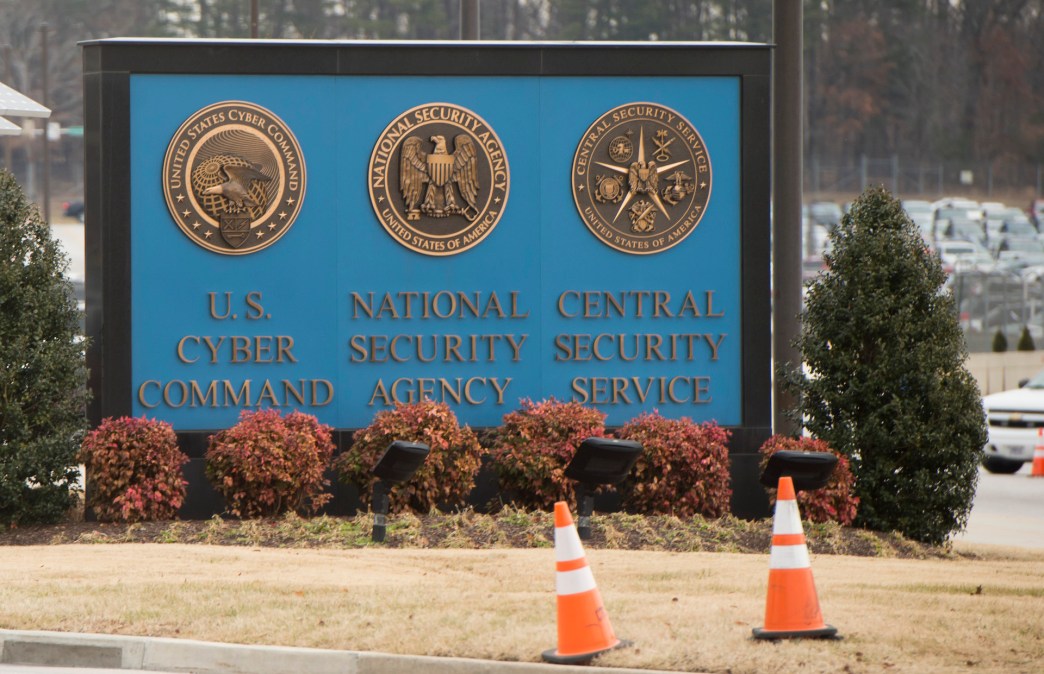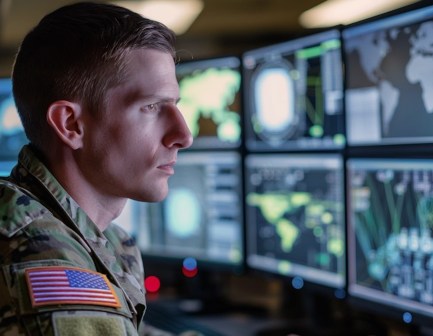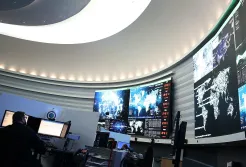DOD evaluating its main network defense arm for the future

As part of potential sweeping changes ahead, U.S. Cyber Command is looking at evolving its primary organization charged with defending its networks.
Last year, the command elevated the Cyber National Mission Force — its elite cadre of teams responsible for defending the nation from cyberattacks — to a sub-unified command. Lawmakers in both houses this week were concerned with why the CNMF was elevated and not Joint Force Headquarters-Department of Defense Information Networks (JFHQ-DODIN), a subordinate headquarters under Cybercom responsible for protecting and defending the Pentagon’s network globally.
“As we look at Joint Force Headquarters-DODIN, our element that allows us to set the globe from a defensive perspective across the entire department, that’s an area that we’re evaluating,” Gen. Timothy Haugh, commander of Cybercom, explained during a Senate Armed Services Committee hearing Wednesday.
This evaluation is part of an effort dubbed Cybercom 2.0, a holistic top-to-bottom review underway at the command to examine how to reshape its organization and forces and ensure it’s best postured for the future and emerging threats. Haugh noted that as part of the Cybercom 2.0 endeavor, the DOD is responding to a series of studies Congress required that all ask for evaluations on how it is structured.
“In December 2022 [the secretary of defense] officially elevated Cybercom’s defensive arm, Cyber National Mission Force to a sub-unified command. The logic was that it would provide greater enabling resources for this critical mission set. With how much adversary activity we have witnessed against DOD networks, it would appear that your defensive arm Joint Force Headquarters could similarly benefit,” Rep. Morgan Luttrell, R-Texas, said Wednesday at a House Armed Services Subcommittee on Cyber, Innovative Technologies, and Information Systems hearing.
Sen. Jacky Rosen, D-Nev., also questioned Haugh on if elevating JFHQ-DODIN to a sub-unified command similar to the CNMF would allow Cybercom to be more resilient against future cyberattacks.
DOD will be examining if JFHQ-DODIN is structured appropriately and if it has the right resources to perform its mission.
“What’s the right way to position the Joint Force Headquarters-DODIN in terms of the right resources and authorities to make sure that it has the capacity to really set the globe? That’s the mission we’ve given them,” Haugh told the House Armed Services Subcommittee on Cyber, Innovative Technologies, and Information Systems. “When we have a crisis, we want them to set the globe. I think it’s an area that we’re certainly going to evaluate. And it does look different as a headquarters also in terms of assigned forces, but it’s something that we will definitely be looking at.”
JFHQ-DODIN has recently created a new model for assessing network readiness that is more threat informed and will better posture itself to respond to incidents.






